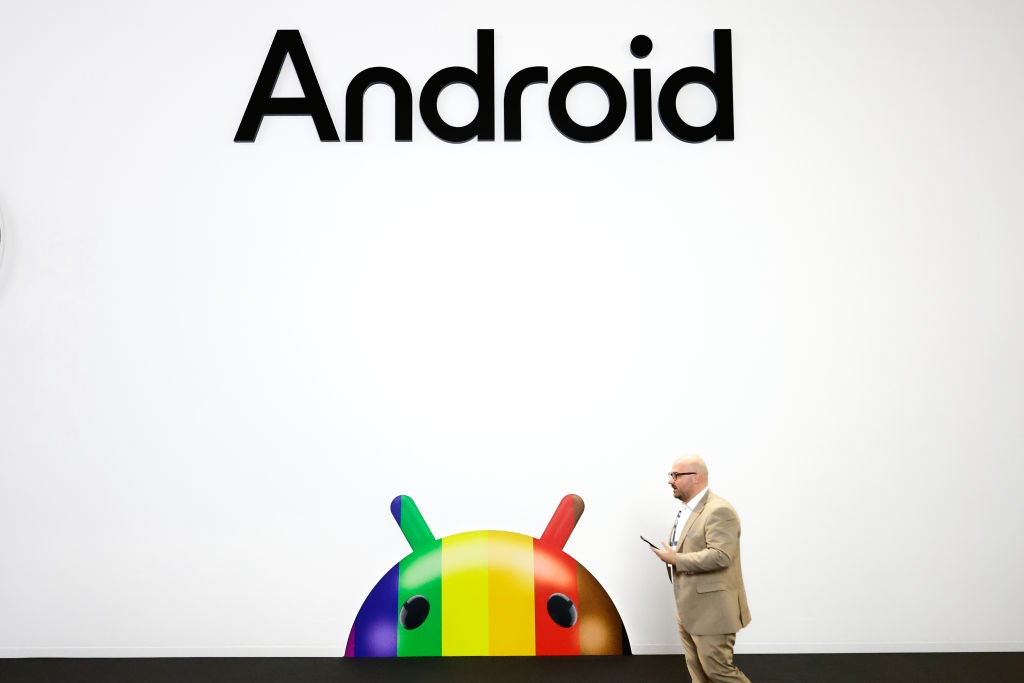- cross-posted to:
- opensource@lemmy.ml
- cross-posted to:
- opensource@lemmy.ml
Google’s Android, the world’s most widely used mobile operating system, started life as open-source software. In its quest for ever-greater profits, the tech giant has been gradually eroding Android’s open-source nature over the last decade.
Originally published on The Lever, but that one asks you to sign up.



Mobile GNU/Linux is getting better, but I think it is 5-10 years out from what’s needed. I suppose people need to adopt Desktop first. The nice thing is you can install Android apps including Google Play on it natively, and they appear in your app drawer like a regular app
It’s a bit of a catch honestly.
OSS/community Linux graphical environments have kind of always been ~5 years out from what’s needed. 15 years ago they were behind ~5 years, 5 years ago they where behind ~5 years.
The only difference is today. I think they’re only behind by ~3-4 years thanks to the backwards movement of things like Windows and OSx staleness.
Mobile operating systems are in a worse place.
deleted by creator
What’s wrong with tapless payment with cards?
Nothing, but many users have already migrated to using stored payment information on their phones.
When you use apple or android pay, it generates a temporary card number etc and uses that, which means if that payment terminal gets compromised, your card number etc isn’t exposed. Your bank could probably do something similar without Google or Apple as the middleman, but until they do, mobile pay will remain a killer app.
There are Google Play Android bank apps (mine works fine), and you can use mobile sites as dedicated app drawer icons. Their mobile site is top notch.
NFC payments won’t come anytime soon to native GNU/Linux, but I don’t use them. Maybe Google Wallet works, I haven’t tried and don’t know if NFC can be passed through to Waydroid. OnePlus 6 is the best supported originally Android phone for GNU/Linux, someone with that would need to test.
I just have my card in a silicon sleeve on the back of the phone and I get the same effect. I’d rather Google not have my purchase history anyways.
What whaaaat? I didn’t know this! Thanks for the tip
Yeah how the hell do you do this?
Waydroid, Anbox, etc
Which do you recommend? How well does it work? :)
Waydroid, it’s the wayland continuation of anbox. From what I’ve seen and used, it’s very good. It’s good enough for most mobile apps including gaming. Some linux phone manufacturers even make it a point to integrate waydroid by default to allow you to use android apps just fine
Hell yeah, now I can waste my time on DuoLingo outside of the toilet!!
I just saw KDE Bigscreen got reboot. While it’s not exactly the same (its for TVs, like Android TV and Steam Big Picture mode), it’s nice to see major desktop environments(DE) adopt new UI features for small and large devices. This compliments work done by groups like PinePhone, who laid the groundwork for Linux phones.
My big problem is banks and satnav.
SatNav need traffic info and there is none, so their routes are bad.
Banks require apps to even use their website for “secure codes”. Those apps try to detect ROMs and refuse to run, not even really being Android is going to make passing that harder.
Let alone random things like parking apps where the app is the only way to pay.
This is a political problem as much as technical. Competition is basically dead. We need government to step in and make competition possible. But they are in big tech’s pocket and the status quo suits them too. Voters either don’t care or believe what big tech says. It’s a mess.
Satnav there is Pure Maps (OSM client), which can connect to sources like HERE to get traffic data to provide voiced guided turn-by-turn instructions. Of course there is also all the Android apps like Google Maps available, and their mobile site works fine.
On the topic of mobile sites, you can also install them as dedicated app drawer icons via Gnome Web & Firefox PWA for any site.
This means if your bank app doesn’t like vanilla Android, GApps, you can use a comparable dedicated web app.
For parking, I’ve found a surprising amount have mobile sites, so I don’t need to install their bloaty Android app onto my GNU/Linux phone.
Good to know. I’d really like to try a proper Linux phone as a daily driver.